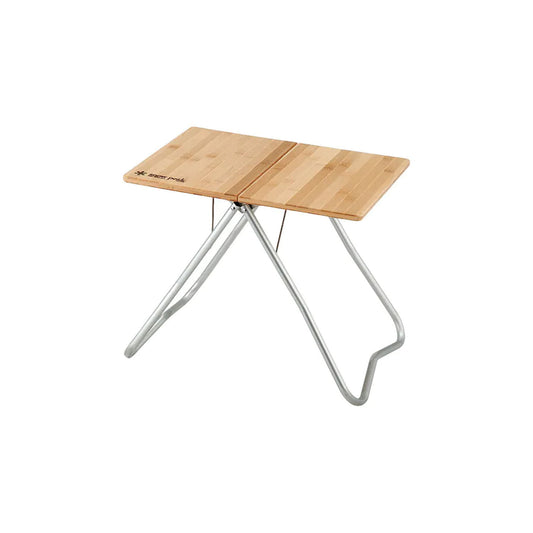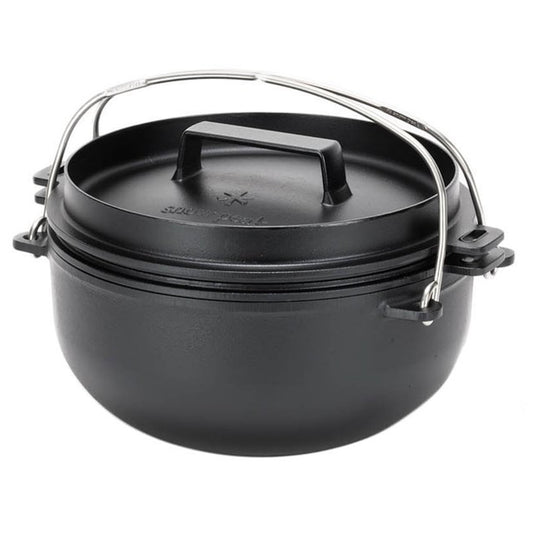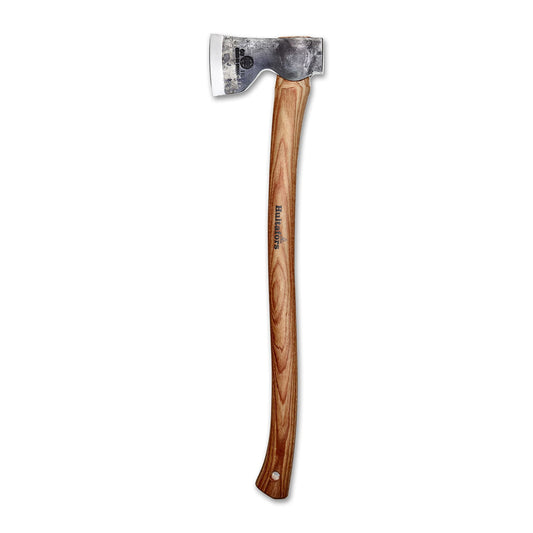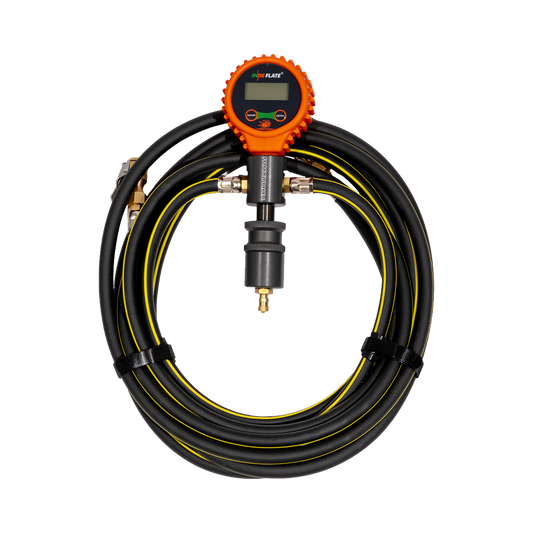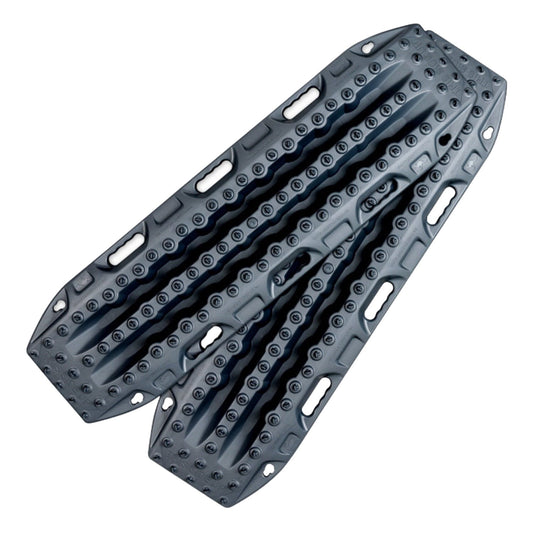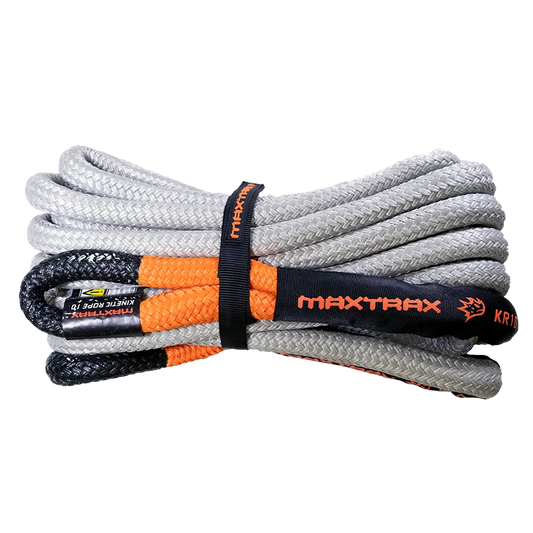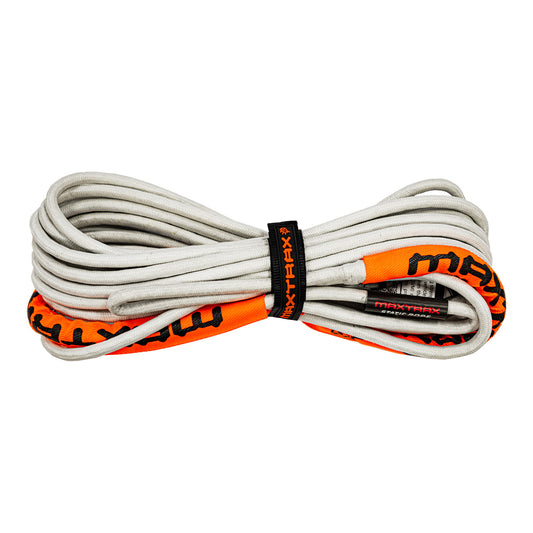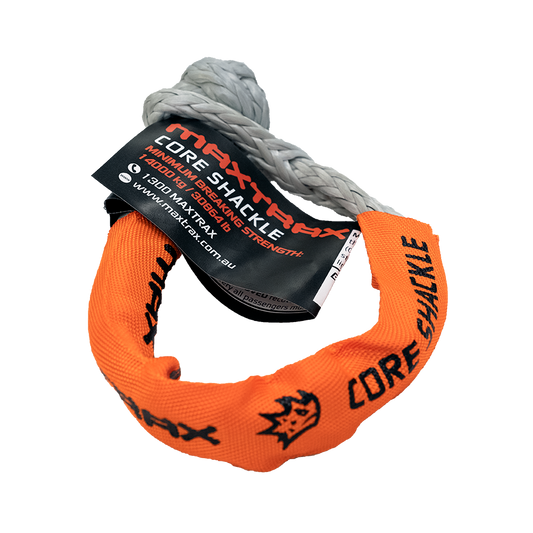If you’re like us the radio comes on as you hit the trails, or head out on the water, and other than the basics, it’s features aren’t given too much thought. Keen to learn some CB radio tips we caught up with Icom Service Technician, Chris Pritchard.

MC (Mike Collister): What are the simplest CB radio tips you can share for people to improve their experience?
CP (Chris Pritchard): You can limit who you can hear, even on a CB channel. With the Tone Squelch function, you can limit your radio’s reception to only other users with the same ‘tone’. For example, campers can communicate on a CB channel without being disrupted by all the other CB chatter in the area. If you are finding that you are not hearing anyone’s transmission, you may have accidentally turned this on.

MC: On handheld radios does antenna length make a big difference?
CP: The performance difference between a stubby and standard length antenna is difficult to measure and will depend on the radio being used and the environment. Typically, a stubby antenna will have somewhat reduced reception and transmission, but it is less likely to get in the way and is sturdier. Both antenna types have their suitable applications and are tuned for the CB UHF frequency range, so either type should perform adequately. If you have a stubby antenna and find you aren’t quite getting the performance you’d like, it may be worth trying a standard length antenna.

MC: What are the CB radio tips that most users are unlikely to know?
CP: Most radios are full of features and settings, some of which many users are unaware of. Some of these can be accidentally turned on or off. If you find your radio behaving differently and you’re not sure why, you may have turned something on inadvertently.
Have a read through your Instruction Manual for an idea of what features are available. For example, ICOM CB radios have an automatic transponder system (ATS), where a radio will send out a search signal every 60 seconds to find other radios within range. If your radio seems to be briefly transmitting every 60 seconds, you or another nearby radio may have turned ATS on. If you have a flashing antenna symbol on your radio’s display, you have ATS ON.

MC: Should we all be using the 1 Watt or 5 Watt setting?
CP: Most radios can switch between power settings. On a handheld CB this will be between 1 and 5 Watts. You may find that switching your radio to Low Power (1 Watt) will still give you sufficient communication, and also help save battery. When it comes to transmission distance, line of sight is more important than wattage. If you are in an open environment, you won’t need as much power to communicate reasonable distances.

MC: Many of us use VHF radios boating and sea kayaking, do you have any advice for whilst out on the water?
CP: Most ICOM VHF marine handheld radios have an Aquaquake function, which vibrates the speaker at a low frequency to shake any water off the speaker. If your radio’s audio doesn’t sound quite right, you may have some water sitting on the speaker. Try using the Aquaquake.
We also recommend learning about scanning and tagging channels, so when you are out on the water you can easily keep an eye on the most relevant channels without having to figure it out as you go.
Above all the most important advice we have is to always clean your marine handheld with fresh water after a day out. Make sure all covers and caps are on securely when you do this, and dry the radio before placing it in a charger. Keeping your radio clean will improve its lifespan.





